The Ben May Laboratory for Cancer Research at the University of Chicago opened
On Jun. 1, 1951, the Ben May Laboratory for Cancer Research at the University of Chicago opened its…
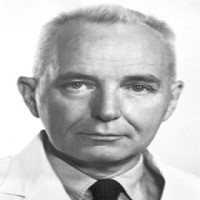
On Jun. 1, 1951, the Ben May Laboratory for Cancer Research at the University of Chicago opened its…
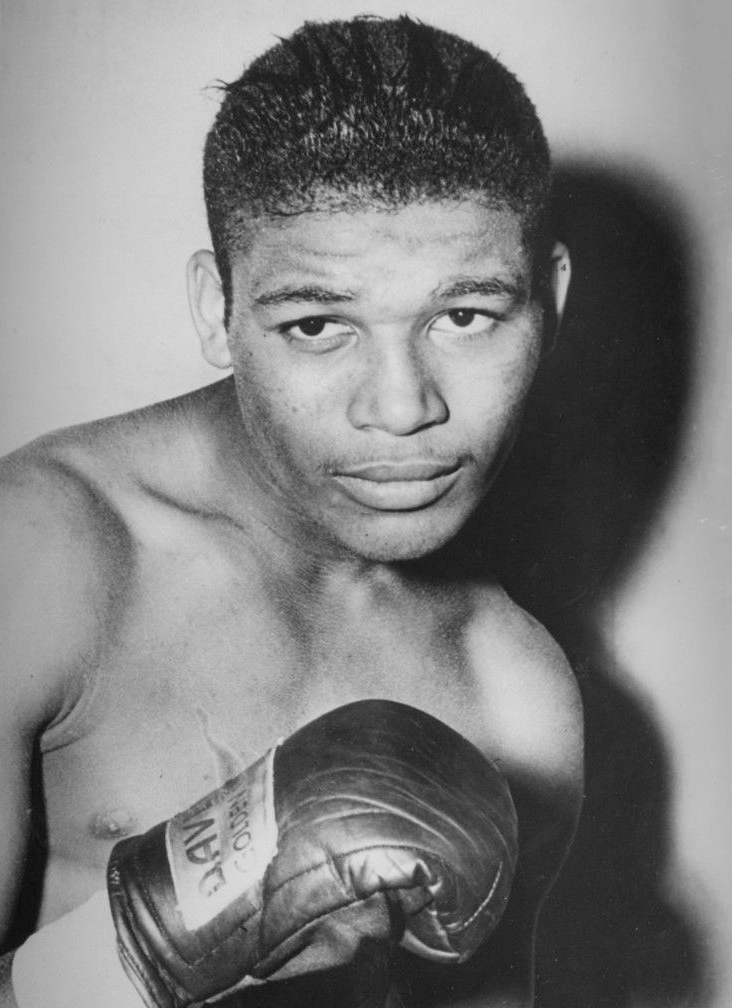
On Apr. 9, 1951, world boxing middleweight champion Sugar Ray Robinson defended his crown in Oklahoma City by…
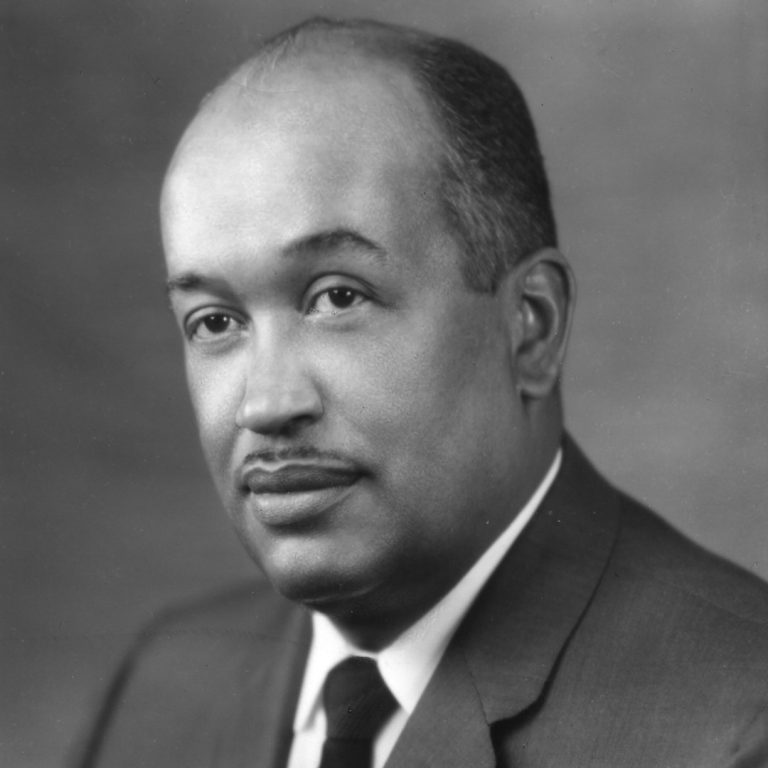
In 1951, Dr. Herman Branson co-authored a paper alongside Linus Pauling and Robert Corey, detailing the structure of…
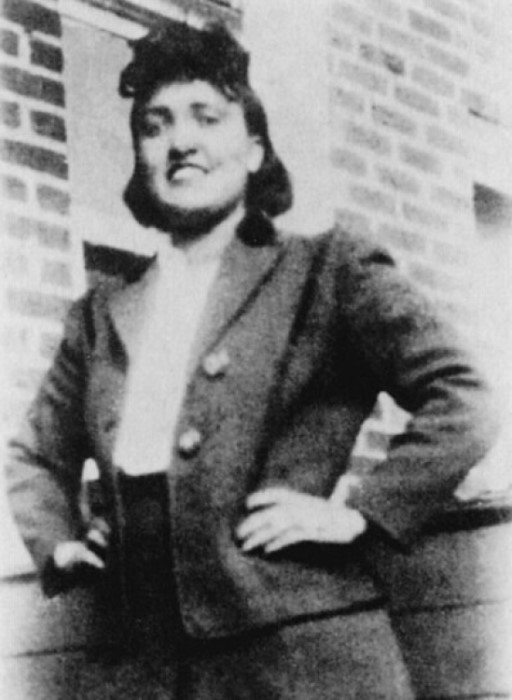
On Feb. 8, 1951, Henrietta Lacks, a tobacco farmer from Virginia died from cervical cancer, and a scientist…
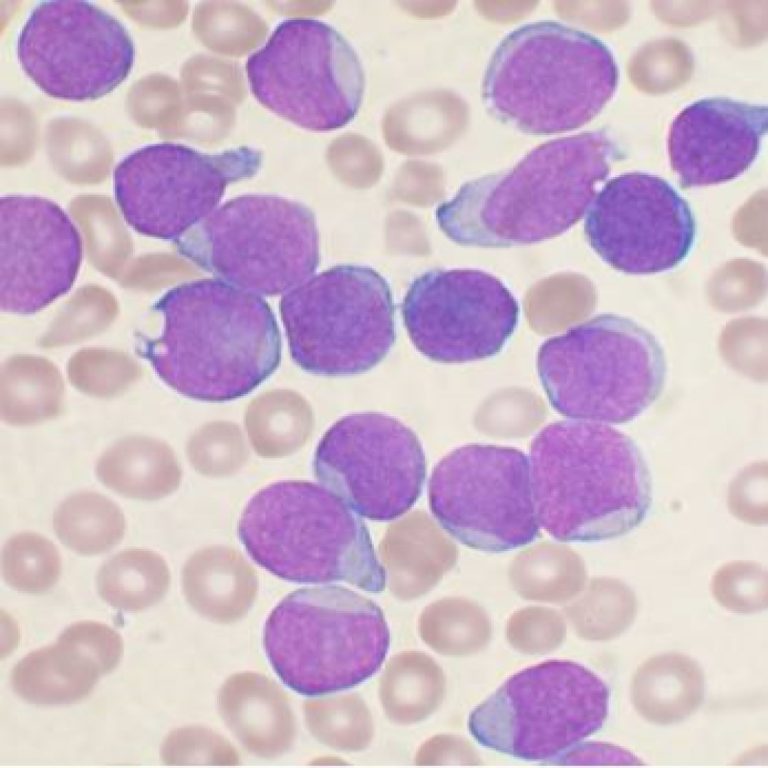
From 1951 to 1976, the Oklahoma Medical Research Foundation (OMRF) treated some of the state’s sickest children, most…

In 1951, researchers Christopher Polge and Lionel Edward Aston Rowson, who worked at the Animal Research Center in…
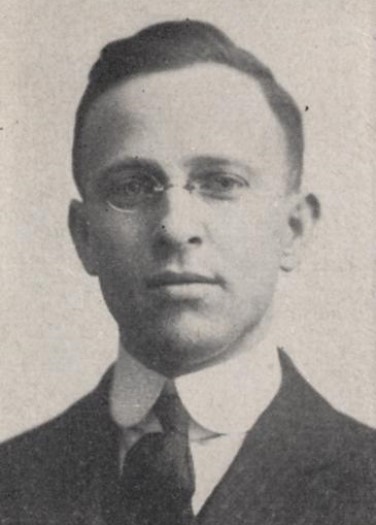
In 1951, the Priestley Medal was awarded to E. J. Crane by the American Chemical Society “to recognize…
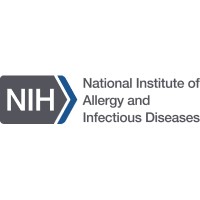
In 1951, Chester Emmons from the National Institute of Allergy and Infectious Diseases first pointed out reservoirs of…
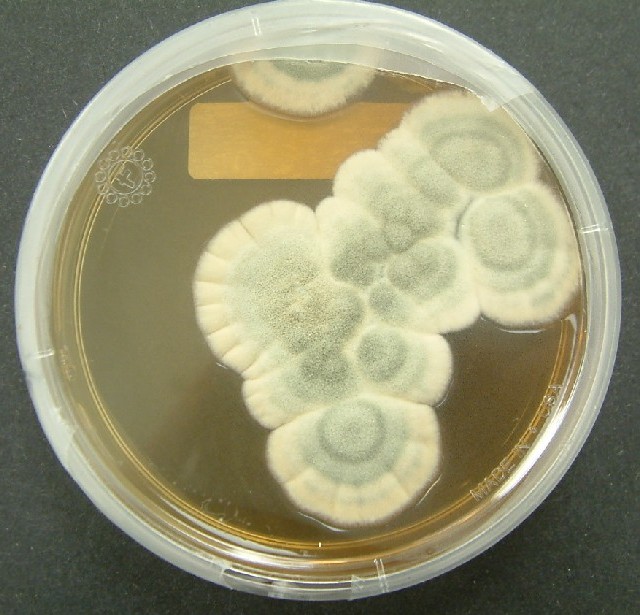
In 1951, the U.S. Food and Drug Administration (FDA) approved the use of antibiotics on animals. In 1943, farmers…
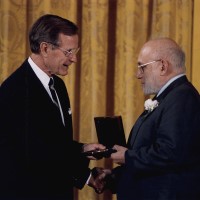
In 1951, Joshua Lederberg began studying for a doctor of medicine degree at Columbia College and working in…
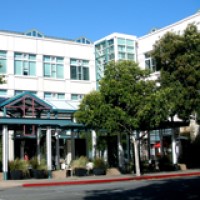
In 1951, the Stanford Research Park was created in response to the demand for industrial land near university…
In 1951, McLean Hospital researchers discovered brain proteolipids, molecules necessary for brain structure and function. This provided greater…
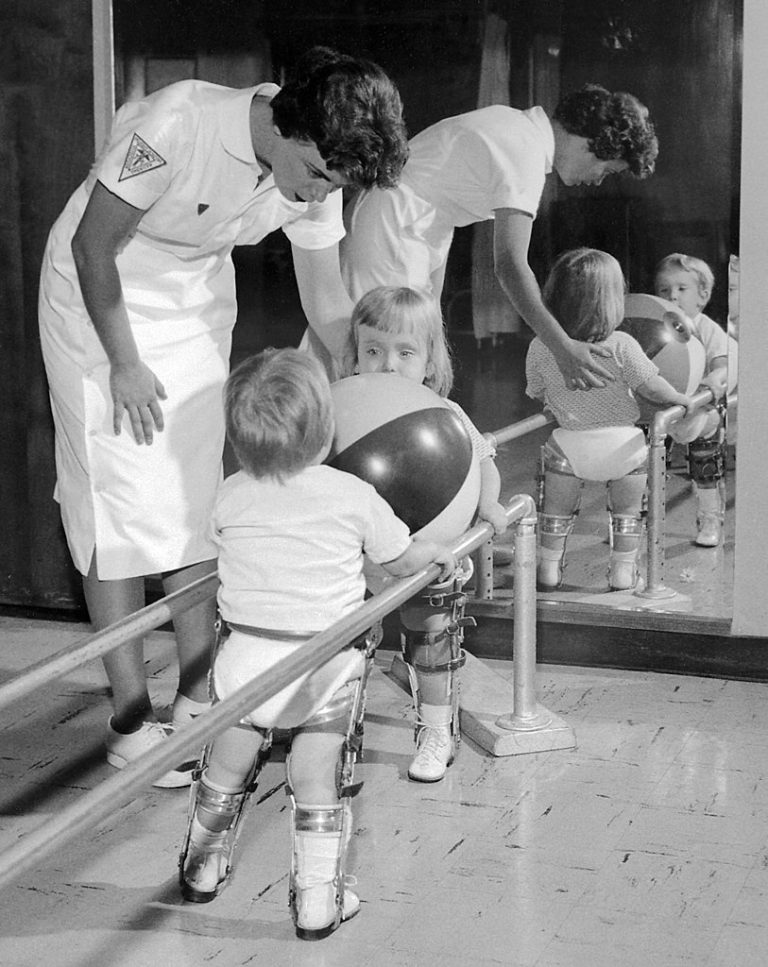
In 1951, Lewis L. Coriell whose history in polio research began during his residency at Children’s Hospital of…
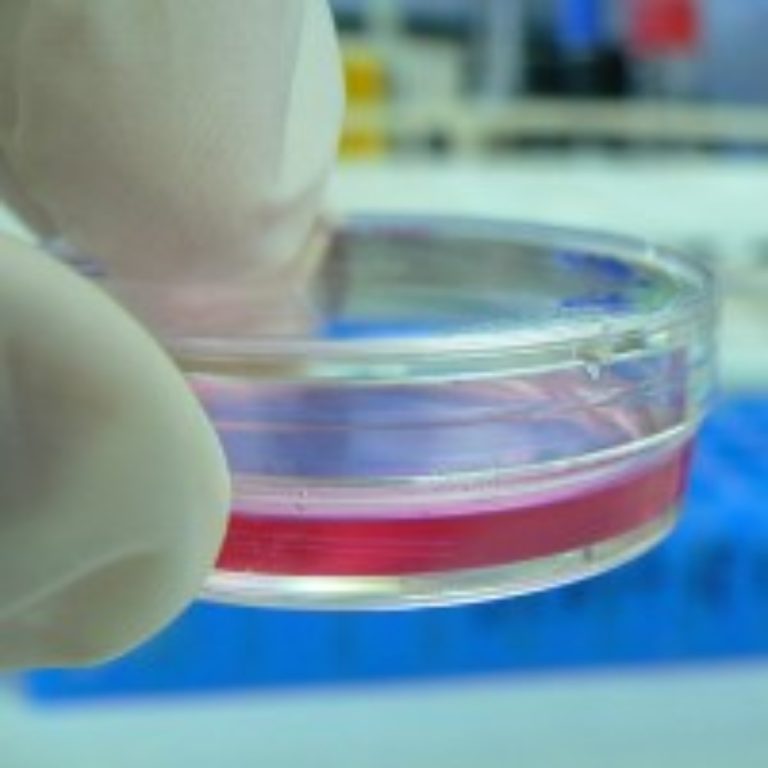
In 1951, Dr. Jonas Salk and his team began using Dr. John F. Enders’ methods to grow poliovirus,…

In 1951, The Medical College of Virginia School of Medical Technology was organized.
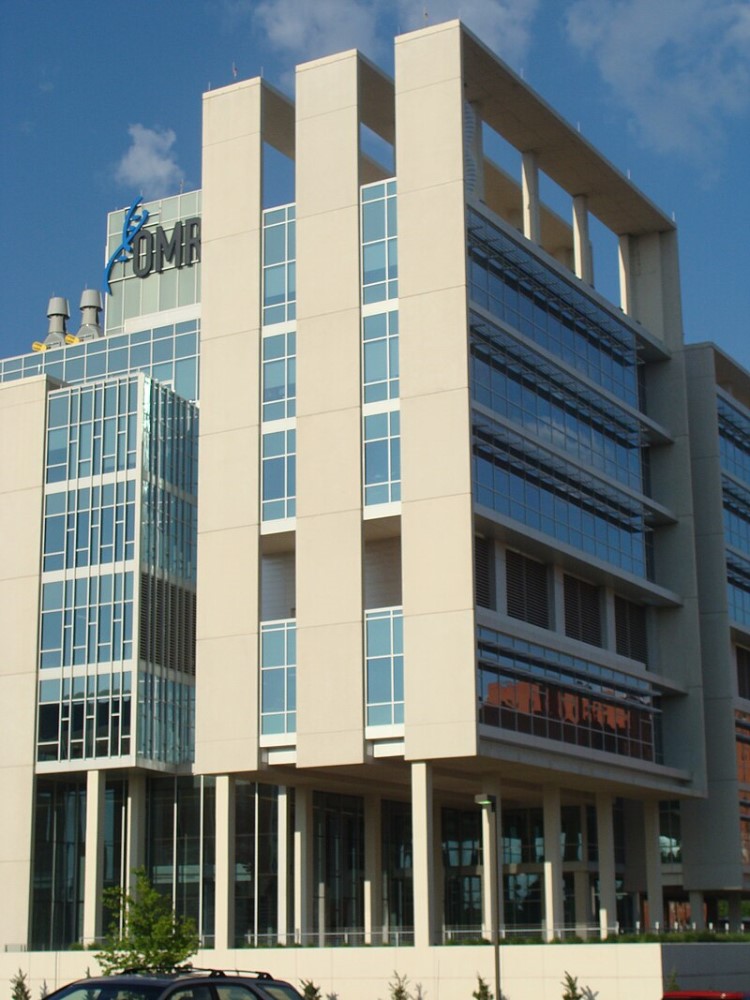
On Dec. 17, 1950, five thousand Oklahomans attended an Open House for a newly dedicated OMRF research building….

On May 27, 1950, Washington University physician Evarts A. Graham, MD, and medical student Ernst Wynder published a…

On May 22, 1950, a federal judge announces prison sentences for William Ferguson, the inventor and Mary Stanakis…

In 1950, in Alberty Food Products Co. v. U.S. , a court of appeals rules that the directions…
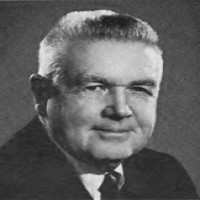
In 1950, the Delaney Committee started congressional investigation of the safety of chemicals in foods and cosmetics, laying…
In 1950, the U.S. Army tests the spread and survival of simulants, which are actually Serratia marcescens bacteria,…

In 1950, the U.S. Centers for Disease Control and Prevention (CDC) formed a committee on air-borne disease studies,…
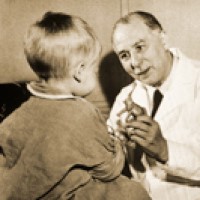
In 1950, Sidney Farber and colleagues achieved the first remissions in Wilms tumor of the kidney, a common…

In 1950, Schepens Eye Research Institute of Massachusetts Eye and Ear was founded to fight blindness by developing…
In 1950, the Michigan Cancer Foundation and the American Cancer Society began sponsoring new cancer research and outreach…
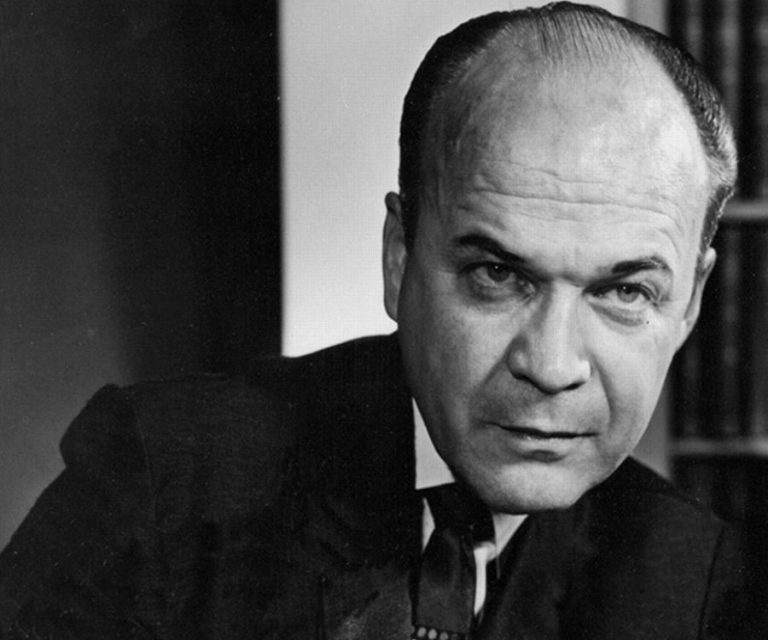
In 1950, Dr. C. Walton Lillehei at the University of Minnesota (UMN) performed surgery on Mike Shaw from…
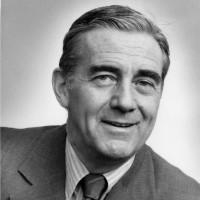
In 1950, in Room 64 of the Banting Institute at the University of Toronto, Drs. Wilfred Bigelow and…
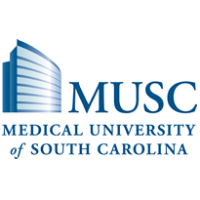
In 1950, the MCSC admitted its first students to the Graduate Studies Program. The College of Graduate Studies…
In 1950, Michael E. DeBakey, M.D. was recruited by Baylor College of Medicine in Houston as its new…
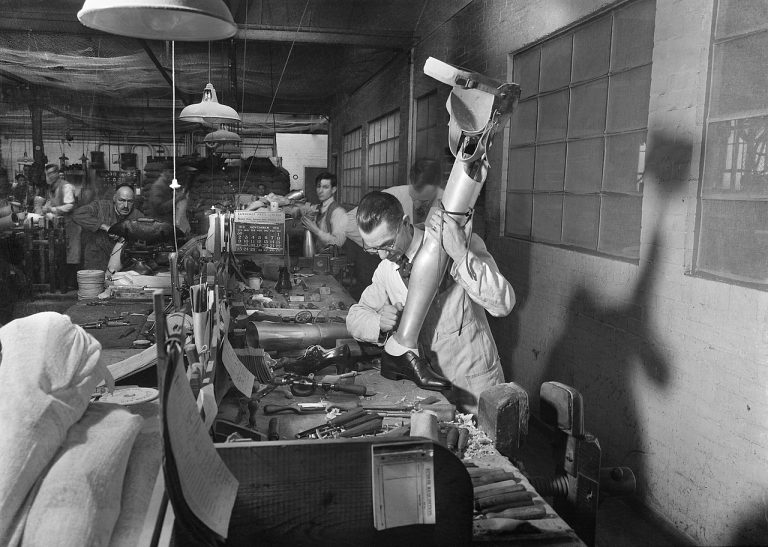
In 1950, Prosthetic designers gradually replaced wood and leather with newer materials. J.E. Hanger of Washington created a…